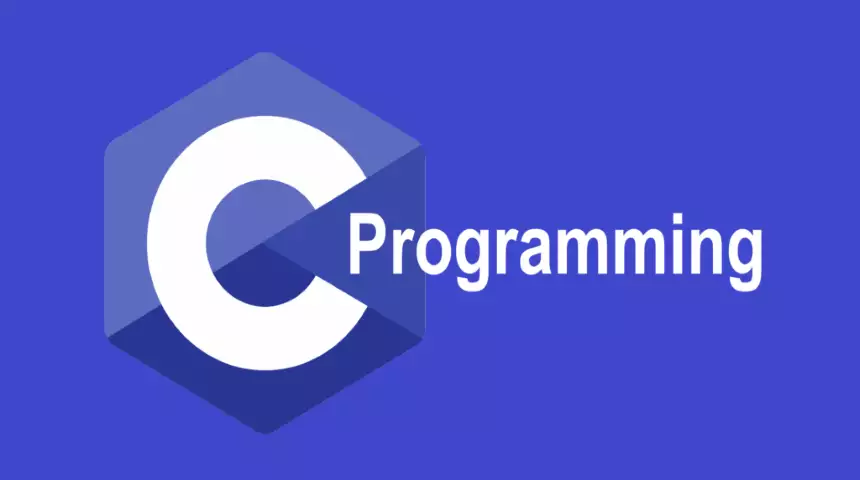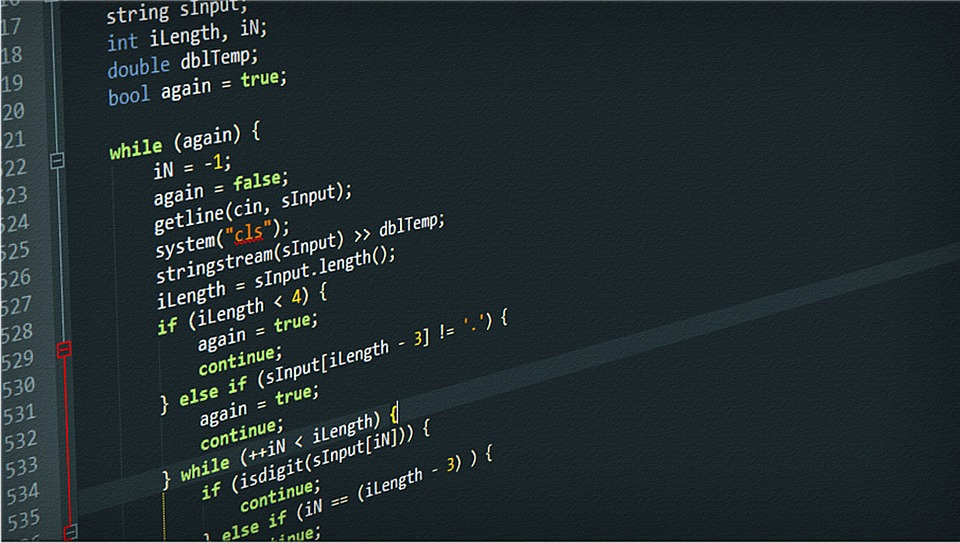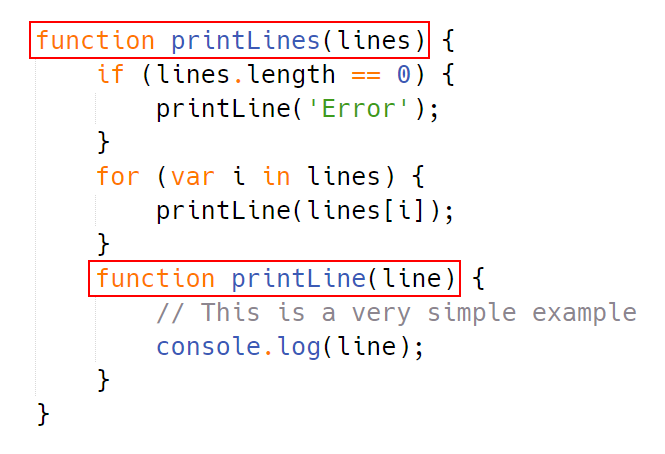C Programming
WHAT IS C?
- The C language is a high-level, general-purpose programming language.
- It provides a straightforward, consistent, and powerful interface for programming systems.
- The C language is widely used for developing system software, application software, and embedded systems.
- The C language has a rich set of libraries and a large developer community, which further enhances its popularity and ease of use.
- Due to its efficiency and low-level programming capabilities, the C language is often favored for tasks that require close hardware interaction, such as device drivers and operating systems.

USE OF C
- C is commonly used for developing operating systems, such as Unix, Linux, and Windows. Its low-level capabilities and direct memory access make it well-suited for this purpose.
- Many programming languages and software applications are implemented using C as their underlying language. Examples include Python, Ruby, and PostgreSQL.
- C is extensively used in embedded systems development, where memory efficiency and direct hardware access are crucial.
- The performance of C programs is often superior to higher-level languages due to its efficient execution and minimal runtime overhead.
- C is widely employed in the development of game engines, as it allows for fine-grained control over system resources and performance optimization.
- C is frequently used in scientific and numerical computing applications, where high performance and computational efficiency are essential.
- The C language is still actively used and maintained, with a vast ecosystem of libraries, frameworks, and tools available for developers.
WHAT ARE THE FEATURES OF C?
- Simplicity – C emphasizes simplicity and a straightforward syntax, making it relatively easy to learn and read. It provides a concise set of keywords and constructs that allow for efficient programming.
- Portability – C is designed to be highly portable, allowing programs written in C to be compiled and executed on different platforms with minimal modifications. This feature enables developers to write code once and run it on various systems.
- Efficiency – C allows for low-level programming and direct memory access, providing fine-grained control over system resources. This feature makes C highly efficient in terms of execution speed and memory usage.


Modularity – C supports modular programming through functions and libraries. Developers can divide their code into reusable modules, enhancing code organization, reusability, and maintainability.
Extensibility – C allows developers to extend the language itself through the use of function libraries and header files. This feature enables the creation of reusable code libraries that can be easily integrated into different projects.
Pointers – C introduces the concept of pointers, which are variables that store memory addresses. Pointers allow for advanced memory manipulation, dynamic memory allocation, and efficient data structures implementation.
THE BENEFITS OF LEARNING TO CODE WITH C
Efficiency and Performance – C is a low-level programming language that allows for direct memory manipulation and fine-grained control over system resources. This makes it highly efficient and enables developers to write high-performance code. C programs are known for their fast execution speed and low memory footprint.
Portability – C programs can be compiled and executed on various platforms, including different operating systems and hardware architectures. This portability makes C a versatile language for developing software that can run on different devices without significant modifications.
System Programming – C is widely used for system programming, including developing operating systems, device drivers, and embedded systems. Its low-level capabilities and close hardware interaction make it suitable for tasks that require direct control over system resources.
Understanding Computer Architecture – Learning C gives you a deeper understanding of computer architecture and how software interacts with hardware. It exposes you to low-level concepts like pointers, memory management, and bitwise operations, which are fundamental to understanding computer systems.
Backward Compatibility – C has a strong commitment to backward compatibility, ensuring that code written in older versions of the language can still be compiled and executed in newer versions. This longevity and backward compatibility provide stability and support for legacy codebases.
